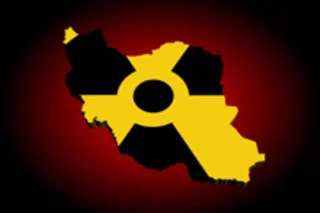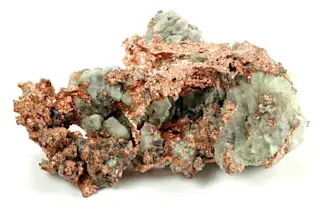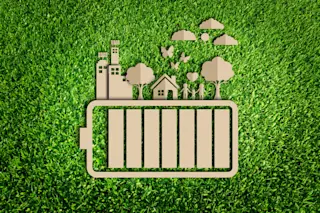After decades of development, Iran's first nuclear power plant is close to operational. This week the country's TV service announced that engineers have begun loading the fuel rods into the core of the Bushehr plant in southern Iran.
The 1,000-megawatt Bushehr plant has been under construction since before Iran's 1979 Islamic Revolution. It was first contracted to a company that later became German industrial giant Siemens; more recently work was done with the help of Russia's state-owned atomic energy company. [Los Angeles Times]
The plant's 1000-megawatt capacity is comparable to the power put out by many of the nuclear plants scattered across the United States
. Iran
's power plant was reportedly one target of the Stuxnet computer virus
that emerged several weeks ago, but apparently that didn't impair the final steps of preparing Bushehr.
The nuclear reactor would begin operating after all 163 fuel rods are inserted into the ...














